We are currently filming in Botswana. What this land-locked country lacks in endemic birds it more than makes up for in accessibility of tough species, numbers of birds and the overall wildlife experience. I will be writing a series of detailed posts on this magnificent country but wanted to share a few images captured by our trip photographer, Adrian Binns.We have basically focused our filming efforts on three regions of northern Botswana: The Okavango Delta, The Chobe and the Makgadigadi Pans.
Almost 40% of all land in Botswana is under conservation either as wilderness areas, game reserves or national parks. Few countries can boast the megafaunal diversity of the Okavango Delta. Formed by a series of geological faults in the flat land of northern Botswana, the green fingers of the Okavango make up the largest inland delta in the world. This breathtaking part of the world is home to a dazzling array of bird species including many species that are easiest seen in the Okavango – birds like Pel’s Fishing Owl, Slaty Egret and Wattled Crane.
 African Fish Eagles are common everywhere
African Fish Eagles are common everywhere
 Lesser Jacana are always very shy but are not uncommon in the delta
Lesser Jacana are always very shy but are not uncommon in the delta
 Pel’s Fishing Owl is a phantom of the waterways
Pel’s Fishing Owl is a phantom of the waterways
 The Okavango has the greatest concentration of rare Wattled Cranes
The Okavango has the greatest concentration of rare Wattled Cranes
The Chobe region of Northern Botswana is a diverse mosaic of floodplains, rivers and mixed woodland. It is also home to the largest concentration of African Elephants on the planet and over 450 bird species. The diversity of birds here is so staggering that 300 species of birds have been recorded here in a single day. Specials include birds like African Pygmy Geese, Racket-tailed Roller and Western Banded Snake-eagle.
 The smallest perching duck in the world, the African Pygmy Goose
The smallest perching duck in the world, the African Pygmy Goose
 Watch out for elephant when birding on foot
Watch out for elephant when birding on foot
The Makgadikgadi Pans area is a vast landscape of over 6,000 square miles and is one of the world’s largest salt pans, visible from space. The remnants of Africa’s largest lake, these pans now witness the largest wildebeest and zebra migration in southern Africa, rivaled only by the great migration of East Africa. Along with delightful meerkats, lions, plentiful game and solitude, the Makgadikgadi hosts some great birds like White-quilled Korhaan, Secretarybird and various species of sandgrouse and desert birds like larks.
 Unforgettable meerkats of the Makgadikgadi
Unforgettable meerkats of the Makgadikgadi
 White-quilled or Northern Black Korhaan
White-quilled or Northern Black Korhaan
 Lions can be found in the Makgadikgadi grasslands hunting zebra and wildebeest
Lions can be found in the Makgadikgadi grasslands hunting zebra and wildebeest
Stay tuned for after we get back for detailed posts on this magnificent birding country. Here is a video montage of the birds of Botswana:
httpv://www.youtube.com/watch?v=PzJRwJ7FqH0







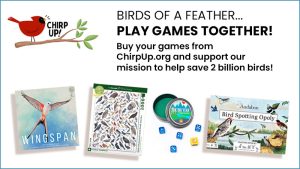

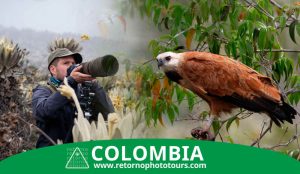
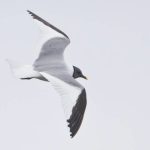
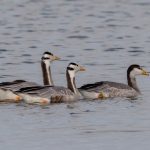
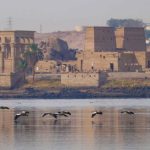
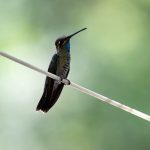
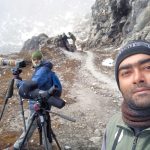
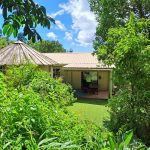
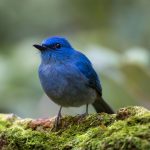
Yay Okavango! My uh, third favorite place in Africa! And I feel smug at having seen a few of those, including the Wattled Crane.
Ah! Aaaaaaaaaaaaaaaah! Pel’s Fishing Owl!! Oh, the painful dip, the painful dip! You, Sir, are a very fortunate man.
Thanks for these wonderful, wonderful images, James!
Such beautiful photos of things I will never see in person.
Every birder I know who has lived in or visited southern Africa raves about Botswana for wildlife sightings. Looking forward to more posts about the birds of Botswana!
Fantastic images and extraordinary birds! Thanks!
Outstanding work. Wanna see more shots !